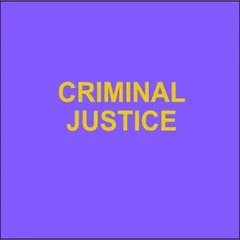By Vera Institute of Justice
Millions of people transition into the community from jails and prisons every year but face signifcant obstacles to securing safe, affordable housing. These barriers contribute to the revolving door of homelessness and incarceration. People who were formerly incarcerated are 10 times more likely than the general public to be unhoused, with a rate of 203 people experiencing homelessness per 10,000 people. The relationship between homelessness and incarceration is cyclical, as homelessness and housing instability increase the likelihood of future criminal legal system involvement: People who are unhoused are more likely to interact with police and are 11 times more likely to be arrested than people with stable housing. Viewed another way, access to stable and affordable housing substantially increases the likelihood that a person returning home from prison or jail will be able to receive support from their family, fnd and retain employment, rebuild supportive social networks, and avoid additional convictions. These improved outcomes and living conditions are relevant and crucial to the whole community: When people who are reentering their communities are housed and supported, the community is strengthened and public safety is improved. The United States has nearly 3,300 public housing authorities (PHAs) that serve approximately 1.2 million households, yet they are often inaccessible resources for people released from incarceration and in need of a safe place to live. At present, exclusionary criteria govern much of the country’s public housing that bar people who were formerly incarcerated from moving back in with their families—families who are often eager to reconnect and to help their loved ones reintegrate into society. These admissions criteria affect local public housing developments as well as federal housing choice vouchers, commonly referred to as Section 8, which provide rental assistance to low- and moderate-income families. Following the U.S. Department of Housing and Urban Development (HUD) guidelines, all PHAs must place permanent residency exclusions on people who are required to register on the sex offender registry for life or who have been convicted of producing methamphetamine in federally assisted housing. For other types of crimes, housing authorities exercise their individual discretion when developing their admissions criteria.
Washington, DC: U.S. Department of Justice • Office of Justice Programs • Bureau of Justice Assistance , 2022. 7p.


